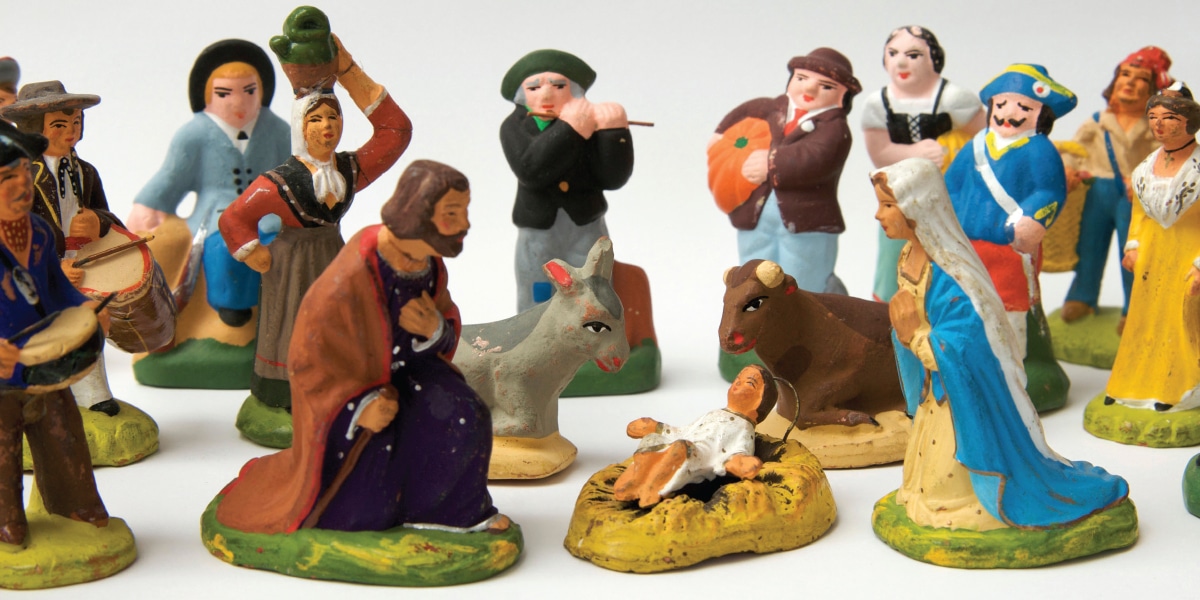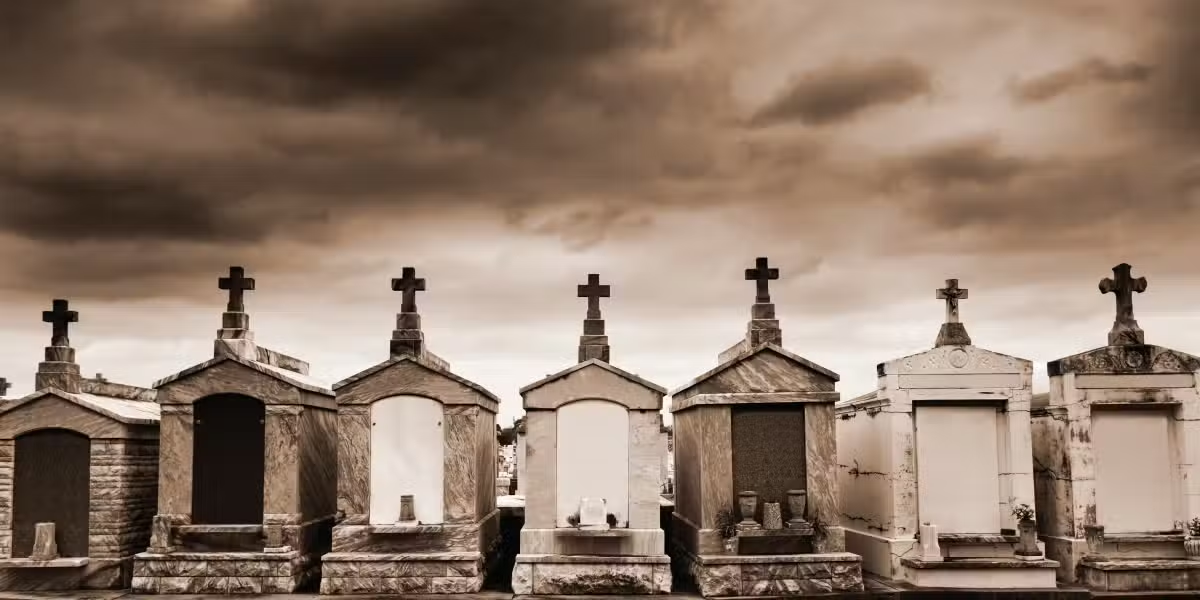Most readers will soon unpack their Christmas crèche. Using a cave outside Greccio, Italy, Francis of Assisi began the custom of a live crèche on Christmas Eve in 1223. According to Thomas of Celano (Francis’ first biographer), that crèche contained only an empty manger, no human figure, and a single ox. Celano noted that one man present reported that he had seen the Christ child in the manger. This was entirely appropriate, Celano explained, because St. Francis helped Christ come alive in people who had grown cold to Jesus’ message of love and peace. Francis lit a new fire in their hearts, making them, in effect, new people.
The crèche may be the most popular Christian devotional practice and example of inculturation (situating Jesus in every culture). It is also the custom most open to expansion. The man who reported seeing the Christ child in the manger probably saw an Italian, Caucasian infant.
Crèches these days portray Jesus as Asian, African, Native American, or a member of any ethnic group. If the Blessed Virgin Mary can be and has been portrayed as Irish or German, why can’t she be shown as an Aztec princess, as in the image of Our Lady of Guadalupe? Doesn’t the same hold true for her son?
Alligators, Armadillos, or Snakes?
St. Luke’s Gospel describes an ox and a donkey. I have seen crèches that include alligators, armadillos, snakes, or other animals well known to centuries of crèche-makers around the world. Why shouldn’t they be free to include a water buffalo, a zebra, or a polar bear? Or seals instead of sheep? Each of those animals may be extremely important in the world where the crèche maker grew up and learned to treasure the good news of Jesus Christ.
“But those animals did not exist in Palestine when Jesus was born,” someone may object. That is true, but it is equally true that if Jesus came to restore all creation to its God-given dignity, then no animal or people from any ethnic group can be foreign to or absent from a physical representation of God’s scandalously wide, loving plan. “Here comes everybody,” famously grumbled James Joyce.
Francis of Assisi challenged people tempted to believe that Jesus was divine but hardly as human as they were. In a way, the Poor Man of Assisi enabled later artists to challenge future generations all over the world not to domesticate God, creating a comfortable God, one “just like themselves,” one who would never call them beyond their comfort zones.
It Takes a Village
The Gospels describe a tiny sliver of society present at Jesus’ birth or, as in the case of the Magi, soon afterward. A santon crèche shows that Jesus came for an entire village—a society’s movers and shakers as well as for people frequently considered extremely marginal there.
Bakers, shepherds, seamstresses, thieves, and well-behaved (and not-so-well-behaved) children are all welcome at the birth of Jesus. Santons often include a figure shown in awe at Jesus’ birth. Jesus came for all of them—and what’s more, any one of them might someday sit next to one of us at the eternal banquet!
Francis of Assisi stretched people’s imaginations to consider that any place could become another Bethlehem. Inclusive crèches, which show the incredible wideness of God’s love and mercy, simply affirm what St. Francis of Assisi began.








